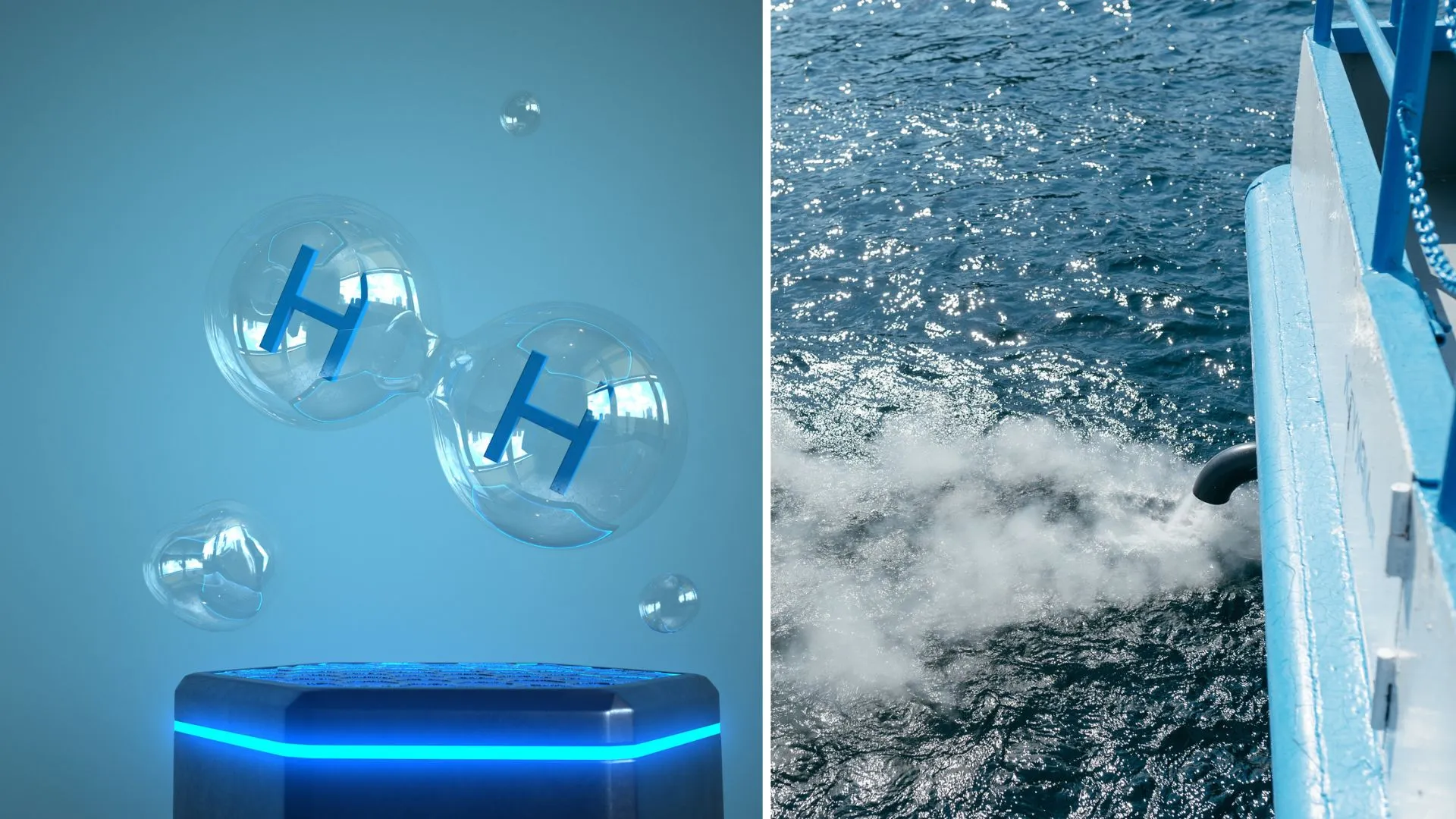
Turning seawater into hydrogen just got closer to reality.
A team at Korea Institute of Materials Science (KIMS) has developed a composite catalyst using MXene that tackles one of seawater electrolysis’s biggest headaches: corrosive chloride ions.
The breakthrough could speed up large-scale hydrogen production by enabling stable output directly from seawater, not just freshwater.
MXene meets nickel ferrite
Hydrogen is widely hailed as a clean energy option. But today’s electrolysis methods rely heavily on freshwater, raising cost and supply concerns. Seawater offers an abundant alternative, yet chloride ions in it eat away at electrodes, slashing system life.
That’s where MXene comes in. The two-dimensional nanomaterial, made of metals with carbon or nitrogen, is prized for its conductivity and adaptability. But it has a flaw: MXene itself oxidizes quickly, limiting stability.
The KIMS team flipped that weakness into a strength. They built a stable composite catalyst by deliberately oxidizing MXene and combining it with nickel ferrite (NiFe₂O₄) through a high-energy ball milling process.
The results were striking: about five times higher current density and double the durability compared to conventional catalysts. The material also strongly repelled chloride ions, cutting corrosion risks.
Tests went beyond lab scale. Researchers validated the catalyst’s performance inside an actual electrolysis unit cell, proving its real-world viability.
“This study is significant in that it addresses the issue of chloride ions in seawater by utilizing the novel material MXene,” said Dr. Juchan Yang, the project’s lead. He added, “We are actively conducting follow-up demonstration research to advance this technology into a sustainable hydrogen production solution.”
From lab to large scale
The innovation is more than a lab trick. The process produced uniform, reproducible results, paving the way for mass production of catalysts fit for seawater electrolysis.
By solving MXene’s stability problem and suppressing chloride corrosion, the research delivers a material that balances conductivity, durability, and performance. That balance is essential for scaling up hydrogen systems worldwide.
“This work overcomes the limitations of conventional MXene-based materials by securing both conductivity and durability,” the institute noted.
The project was backed by the Korea Institute of Energy Technology Evaluation and Planning (KETEP) and the National Research Council of Science & Technology (NST). It was also carried out in collaboration with Professor Hyun-Kon Song’s team at Ulsan National Institute of Science and Technology (UNIST).



